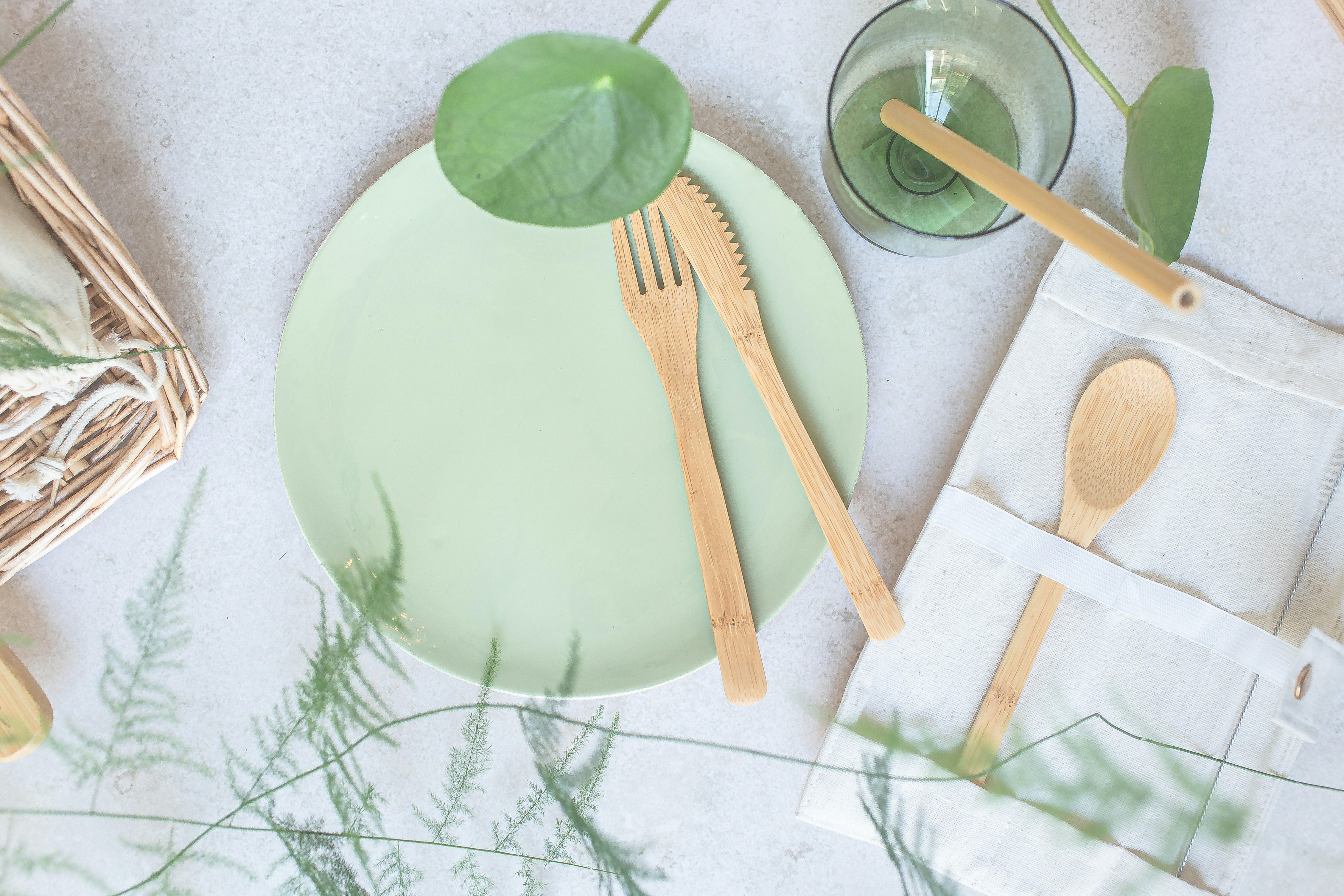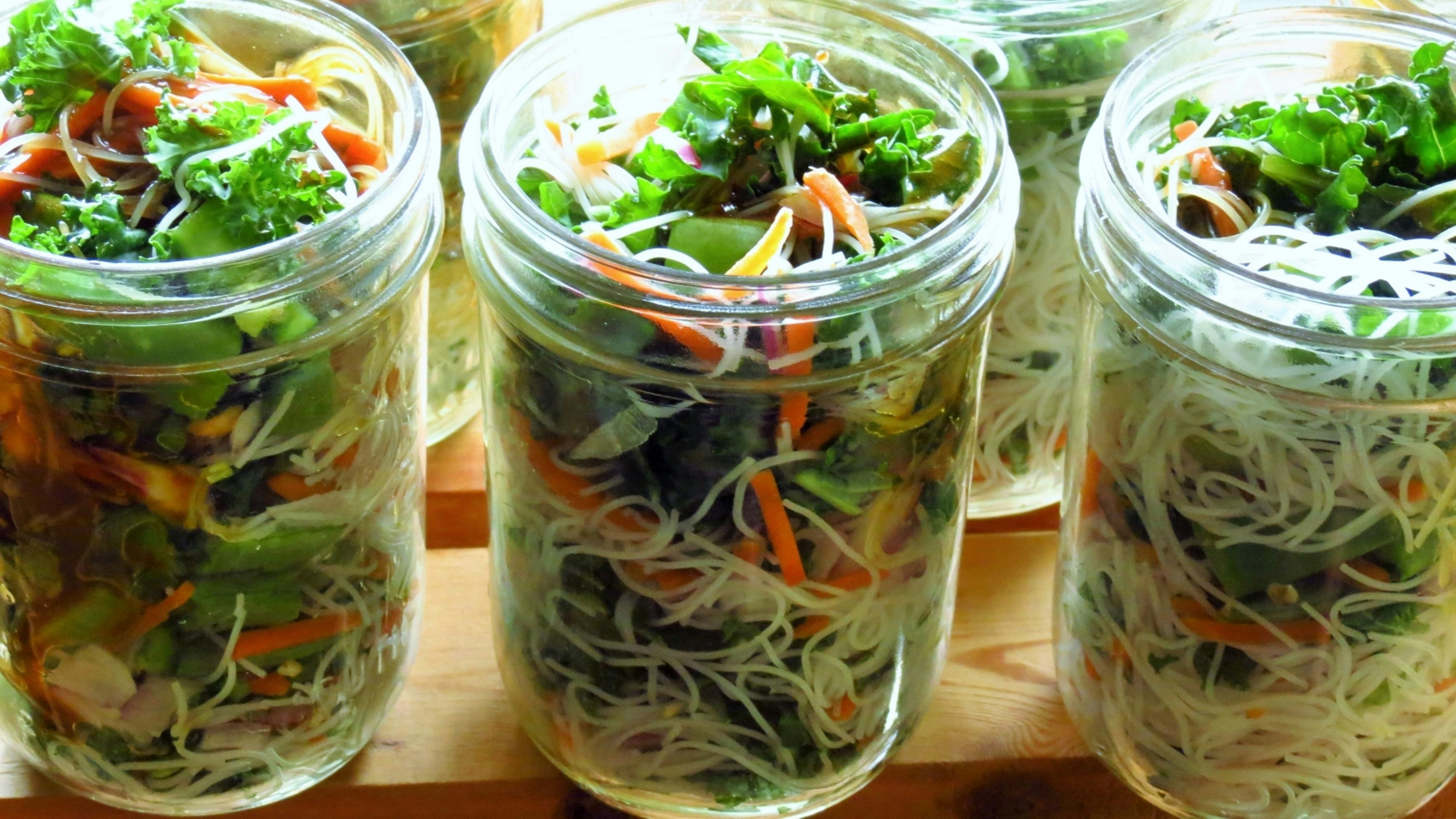
The Problem with Single-Use Plastic
Single-use plastic cutlery has become a ubiquitous aspect of contemporary dining experiences, particularly in fast food establishments, catering services, and outdoor events. However, its convenience comes at a severe environmental cost. The production, use, and disposal of plastic utensils contribute significantly to the escalating issue of plastic pollution, particularly in our oceans. It is estimated that over 300 million tons of plastic are produced globally every year, a substantial portion of which is discarded after a single use. Unfortunately, a significant percentage of these plastics do not enter recycling streams, leading to their accumulation in landfills and natural ecosystems.
The impact of plastic waste on marine life is particularly alarming. As these plastic items degrade into microplastics, they become nearly impossible to detect and can be ingested by marine microorganisms, fish, and larger marine animals. Research indicates that over 800 species are affected by marine debris, with many species mistaking plastic for food, leading to starvation or death. This not only disrupts individual species but can also destabilize entire ecosystems. Furthermore, the ingestion of plastics and microplastics can have far-reaching consequences on the food chain, potentially affecting human health as well.
The crisis surrounding single-use plastics is thus not merely a cosmetic problem but is intertwined with urgent calls for sustainable solutions. The urgency for alternatives grows stronger as awareness increases about the long-lasting presence of plastic in the environment. Each piece of plastic cutlery may take hundreds of years to decompose, leading to a legacy of pollution that reverberates through natural cycles. The introduction of compostable or edible cutlery is becoming an increasingly viable solution, offering a way to mitigate the negative impact caused by single-use plastics. By transitioning to sustainable alternatives, we can work towards a cleaner and healthier planet.
The Birth of Edible Cutlery
The concept of edible cutlery emerged as a revolutionary approach to tackle the growing issue of plastic waste and pollution in today’s environment. A group of forward-thinking entrepreneurs sought to develop a sustainable alternative to conventional utensils, which typically end up in landfills or oceans. Their vision was to create a solution that would not only serve functional purposes but also contribute towards an eco-friendly lifestyle. This initiative was framed around the broader commitment to sustainability and reducing environmental footprints, resonating well with the increasing awareness of global waste problems.
The journey began with extensive research into materials that could be both edible and sturdy enough to serve as cutlery. After numerous brainstorming sessions and experiments, the team landed on ingredients that could create a balanced edible utensil. The challenges faced during this phase were significant; they struggled with achieving the right texture and flavor, ensuring that the cutlery would not disintegrate when in contact with liquids and at the same time, withstand the rigors of dining. Each iteration brought the group closer to their envisioned product, culminating in the creation of their unique recipes.
Ultimately, they successfully developed three distinct flavors of edible cutlery: sweet, savory, and plain. Each flavor was thoughtfully designed to complement a wide array of dishes while offering a delightful culinary experience. The sweet variant serves well with desserts, the savory option pairs well with main courses, and the plain cutlery provides a neutral base suitable for diverse meal types. The sense of accomplishment when they perfected these recipes was palpable, igniting excitement not only within the team but also among potential customers eager for a sustainable dining solution. Their innovation marks a pivotal moment in sustainable food practices, illustrating that functionality and eco-friendliness can indeed coexist in our dining experiences.
The Practicality of Edible Utensils
Edible cutlery represents a significant advancement in the quest for sustainable dining solutions. These innovative utensils are designed not only to be environmentally friendly but also to provide durability and usability that seamlessly integrates into full meals. Crafted from various food-grade materials, such as grains and vegetables, edible utensils are engineered to withstand the rigors of dining without compromising their form or functionality.
Users have reported that edible cutlery holds up impressively well against a variety of foods, including soups, salads, and sauces. Many have expressed surprise at how these utensils maintain their structural integrity, allowing for a pleasant dining experience. According to a customer review, “I was skeptical at first, but the edible spoon managed to hold up a hearty stew without breaking apart. Plus, it was a delight to eat the spoon afterward!” Such testimonials are common among users who appreciate the blend of practicality and taste.
Another appealing aspect of edible utensils is their versatility. They come in different shapes and styles, such as spoons, forks, and knives, catering to diverse culinary needs. Their flavors can add an interesting element to the dining experience, providing an unexpected twist to traditional meals. For instance, a fork made from a savory herb mixture can enhance the overall taste profile of a dish, promoting a holistic eating experience.
Furthermore, edible utensils are incredibly convenient for on-the-go dining solutions, such as picnics or outdoor events. As these utensils can be consumed post-meal, they eliminate the need for additional waste disposal, significantly reducing environmental impact. With their remarkable practicality, edible cutlery stands out as a viable option for eco-conscious consumers who are seeking to minimize their carbon footprint while enjoying a meal.
The Future of Edible Cutlery and Beyond
The edible cutlery market has witnessed remarkable growth in recent years, driven primarily by increasing consumer awareness regarding plastic pollution and the pressing need for sustainable alternatives. As a result, many enterprising companies have emerged, successfully introducing edible cutlery made from various ingredients, including grains, legumes, and spices. This innovation has not only garnered significant investor interest but also facilitated partnerships with restaurants eager to enhance their sustainability initiatives. By collaborating with eateries, these companies have begun to showcase how edible cutlery can seamlessly fit into modern dining experiences while reducing environmental footprints.
Investors are increasingly drawn to the edible cutlery segment due to its potential for scalability and positive impact on reducing plastic waste. As eco-consciousness grows among consumers, businesses that prioritize sustainability are becoming more appealing to funding sources. Additionally, the success of edible cutlery has spurred the exploration of related innovations such as edible plates, cups, and straws. These products aim to supplement the existing offerings and further address the environmental concerns associated with single-use plastics in the hospitality industry.
Moreover, the vision of companies in this sector extends beyond merely providing edible utensils; it encompasses creating a comprehensive range of sustainable dining solutions. By developing diverse edible products, these innovators will further engage customers, providing them with daily necessities while promoting green living. Such advancements are not just confined to the foodservice industry; they have the potential to redefine consumption patterns across various sectors ranging from catering to retail.
In conclusion, the future of edible cutlery and its accompanying products appears promising, with numerous opportunities for growth and positive environmental impact. As both consumer preferences and business models adapt, the potential for these innovations to revolutionize our approach to disposable items becomes increasingly evident.

